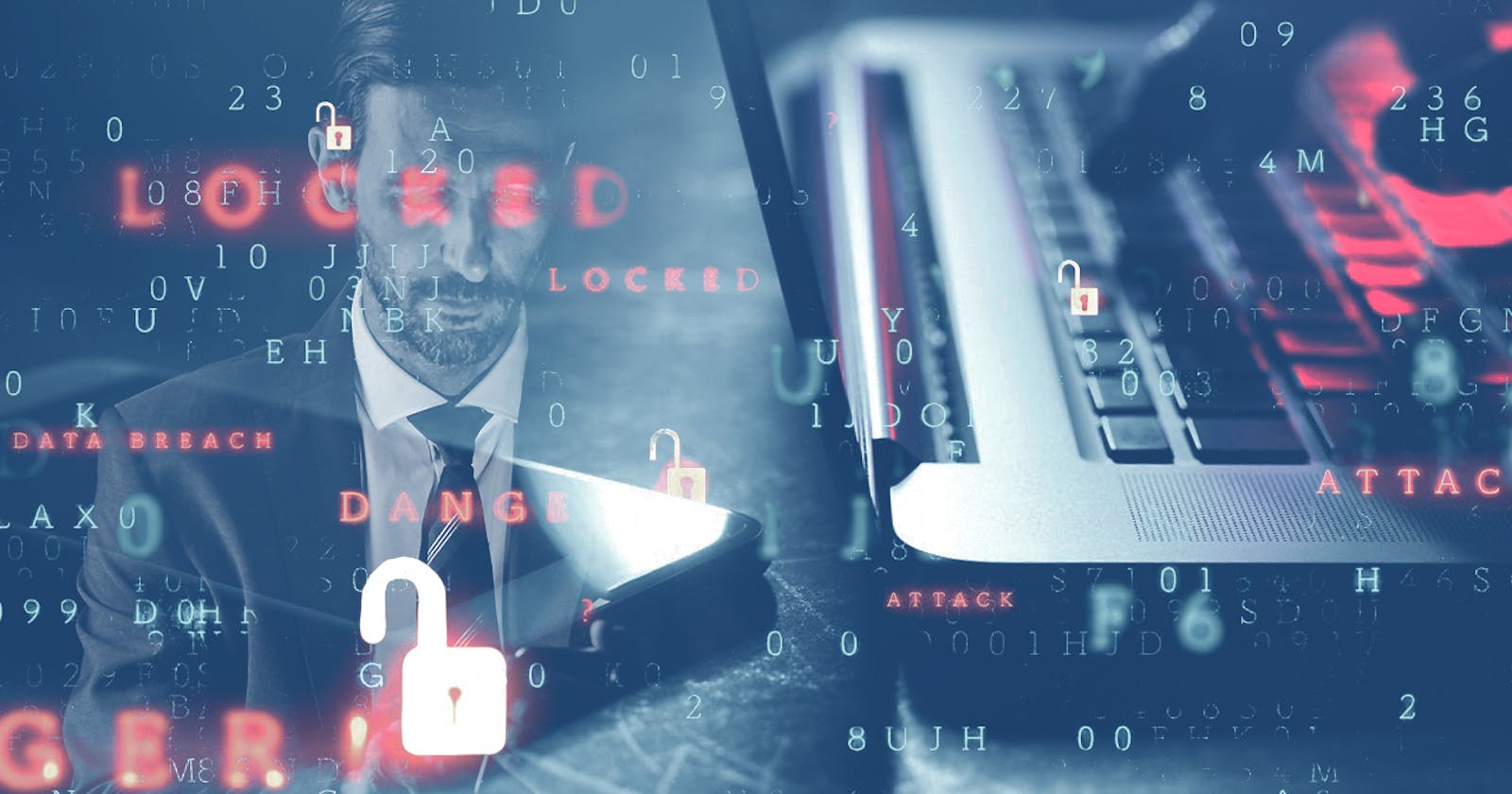The numbers on cybersecurity
A vast field. More and more attacks. More and more sophisticated. Not enough players to meet the needs. Let's look at some key figures on this exciting subject.
A shortage of talent
On a global level, human resources in terms of cybersecurity impact 70% of companies in the world. It would be necessary to train 4 million of them just to meet the needs of the market. And this shortage is growing, as in 2018 we were at about 3 million profiles.
The talents being sought after, they can be demanding in terms of salary, missions, but also the companies in which they wish to work. This obviously disturbs the most fragile companies.
If you are a computer science student and you are still hesitating on your speciality, you would make a rather wise choice by selecting the world of cybersecurity.
You want to change work ? If you are looking for a job full of challenges, many training courses are available to get a foot in this world, with the key positions of pentester, network and security engineer, SOC analyst etc... This will require a lot of work if you are not initiated in the computer world, but the game is worth it.
In addition to being exciting and varied, a long-term job security will allow you to be serene for several years. Last and not least, you could be useful for a large number of companies/institutions in order to secure and allow the smooth running of them.
If you have difficulties to recruit, it can be interesting to call upon a company specialized in cybersecurity for your punctual needs. Pegasy can help you in a reactive and proactive way. Whether it is with an audit of your infrastructure, website, application code, blockchain etc...
3.86 million, the average cost of an attack
On average, a computer attack costs 3.86 million dollars. Of course, the difference will be in the size of the company, their tools and equipments.
Ransomware attacks show no signs of slowing down, quite the contrary.
The cost of damage from ransomware could be as high as $20 billion, or 57 times more than in 2015.
The principle of ransomware is, as its name suggests, to demand a ransom. This is after encrypting your documents and files. If you have backed up this information, you will be blocked from using your information systems. If you have not done so, you could lose all your data. Because what will force hackers to unlock it once you've paid for it? And what will a loss of data mean for your business? Accounting documents, legal documents, user information, software code... Will it still be able to function without these things?
A ransomware cost about $5,000 in 2018. Now we're in the area of $200,000.
This kind of attack happens most often via email. In fact, 1 in 6,000 emails contain suspicious URLs. Assuming that an average employee may receive about 121 emails per day, this can quickly become dangerous for the company if no prevention or training solutions have been put in place.
280 days to detect a breach
In 2018, 80,000 cyber attacks were identified every day, which is almost 30 million.
With an average time of 280 days to detect, identify, and contain the breach, if you don't have the right service or provider to support you, it could hurt you.
Attacks only happen to others. That's probably what you're telling yourself. Almost half of small businesses don't have a plan in place for cyber attacks. A few good practices can limit a lot of problems. A minimum of equipment can help protect you. Training your employees to adopt the right reflexes can also prevent incidents and problems.
Moreover, with the rise of telecommuting, your IT tools become more vulnerable and more difficult to manage. Hospitals, communities, companies... No sector is spared by the various attacks. Phishing, social engineering, DDOS, ransomware... You need to protect yourself against these potential risks.
90% of attacks with remote code execution are associated with cryptocurrency mining. While blockchain is a fabulous tool, it is also increasingly attractive to hackers because of its potential lucrativeness. And with the rise of cryptocurrency projects, which are themselves prone to attacks, new opportunities are opening up for attackers. Losses of up to $320 million recently for a platform specializing in communications between different blockchains, for example.
Conclusion
With these few statistics, you can realize the extent of things to protect, and what you can risk if you are not careful with your IT tools.
If your internal team wants to have a support on its work, in order to have an external opinion, come to us.
If you don't have an IT department, don't hesitate to call on Pegasy for any questions you may have. Our experts will help you secure your infrastructure, your network, your website, your applications or your blockchain token. We can also help you train your teams on all cybersecurity related topics, or your employees on the best practices to address on a daily basis.
Sources
senat.fr/rap/r20-678/r20-6788.html#fn112 capita.com/sites/g/files/nginej291/files/20.. cybersecurityventures.com/annual-cybercrime.. fortinet.com/blog/business-and-technology/s.. nsi.org/2021/02/15/employee-cyber-security-.. prweb.com/releases/new_study_reveals_one_in.. prweb.com/releases/new_study_reveals_one_in.. lemonde.fr/pixels/article/2022/02/04/la-pla..

